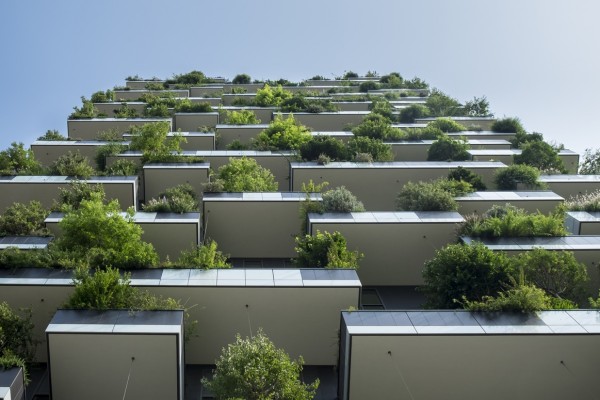Originally posted by
As the proportion of the population that rents their home continues to climb, so do expectations for apartment homes. In many cases, people are choosing to live in apartments rather than buying a home because of amenities and convenience. To attract and retain desirable tenants, the multifamily sector is enhancing properties with appealing features, one of which is the inclusion of shared green space.
GOOD FOR EVERYONE
Access to outdoor space is a perk that appeals to residents across all demographic lines, regardless of age or level of income. Young families need a safe space for children and pets to play, and Baby Boomers who are now downsizing to condos are used to enjoying personal green spaces. Seniors feel less lonely when they have access to natural spaces, and green spaces can help students to focus and reduce their stress levels.
Including green space can also have considerable benefit to building owners and management. In addition to being a cost-effective way to enhance property value, it may actually make properties safer. A study conducted by the University of Washington on crime and public safety determined that public housing buildings with nearby trees and natural landscapes had 52% fewer total crimes and 48% fewer property crimes, and less domestic violence than properties with low amounts of vegetation.
COST EFFECTIVE
The expense involved in creating and maintaining a green space can be surprisingly low, considering its potential benefits. A shared green space can be tailored to specific situations and budgets. They can’t all be like this proposed lakeside community in China, nor should they. Properties can minimize cost and maximize enjoyment by creating outdoor spaces that require minimal labor and resources to maintain. The use of perennials and hardy, drought-resistant and indigenous vegetation will reduce the costs associated with water consumption and replacing more delicate plants.
Aside from vegetation and open space, a plan can include as many additional amenities as make sense for that property. Some of the most popular features for shared outdoor spaces include plenty of comfortable seating, open space for play, a cooking area, and well-designed lighting. Many renters consider access to outdoor space theirnumber one consideration in selecting properties. They look for features like rooftop decks, sundecks, patio areas, and a space for placing grills and furniture.
VERSATILE
Outdoor space can take such a variety of forms that it can fit into virtually any property. Even in areas where there would seem to be no outdoor space available, creative solutions make it happen.
In urban settings, rooftop decks and gardens are booming. This trend is very strong in major cities because these outdoor spaces add value to a property without the cost of adding land or remodeling interiors. Rooftop space can be a spectacular setting for gatherings or spaces for quiet contemplation. This sort of common gathering area helps to encourage a sense of community, and rooftop gardens have the added benefits of helping to manage rainwater and providing insulation that helps lower energy consumption.
Existing courtyards can often be improved to create outdoor living space for residents. Even small spaces can be beneficial and make a property more appealing to renters. It’s been shown that overall health and well-being are positively impacted by exposure to natural light, and green spaces also help to buffer noise and create a more relaxing environment. The addition of a water feature can make a difference in the appeal of exterior areas.
In today’s multi-family market, outdoor space is becoming as necessary as plumbing and windows. Finding innovative and appealing ways to provide this space will add lasting value properties in ways beyond the monetary.
This article was originally posted by Rescour and can be found HERE.



